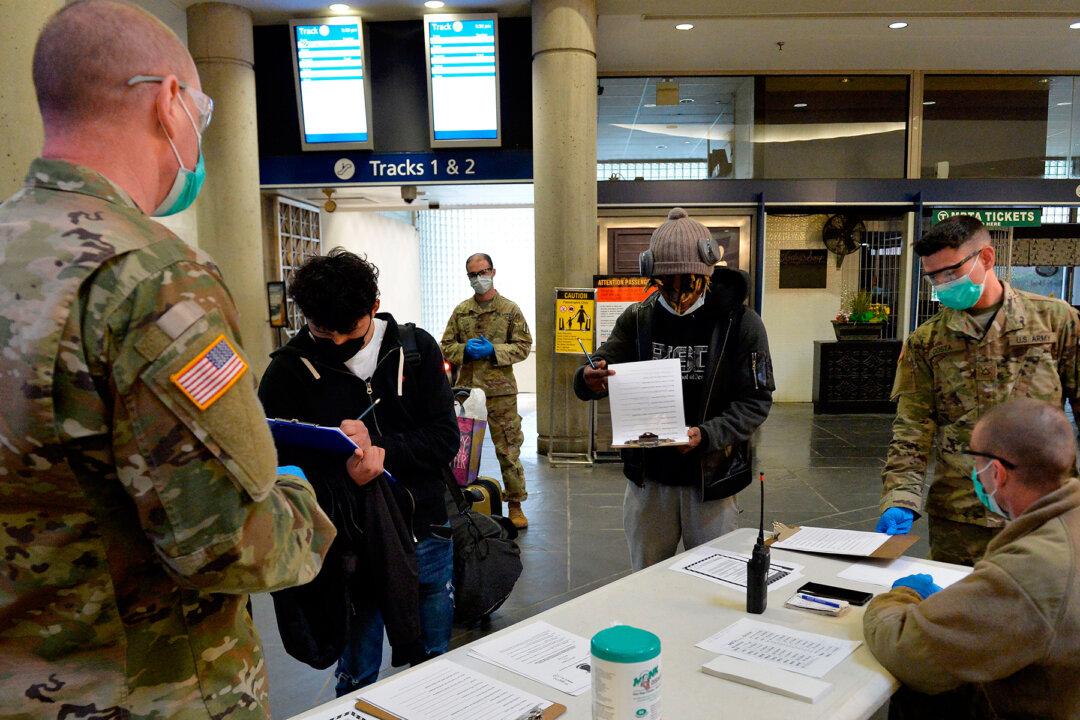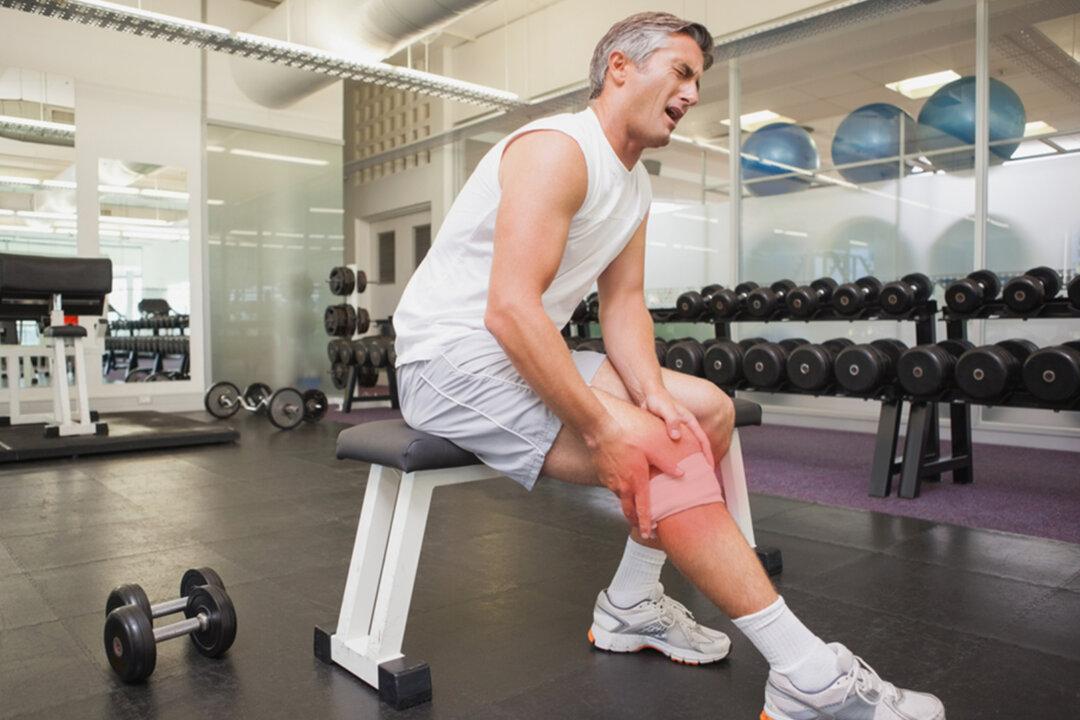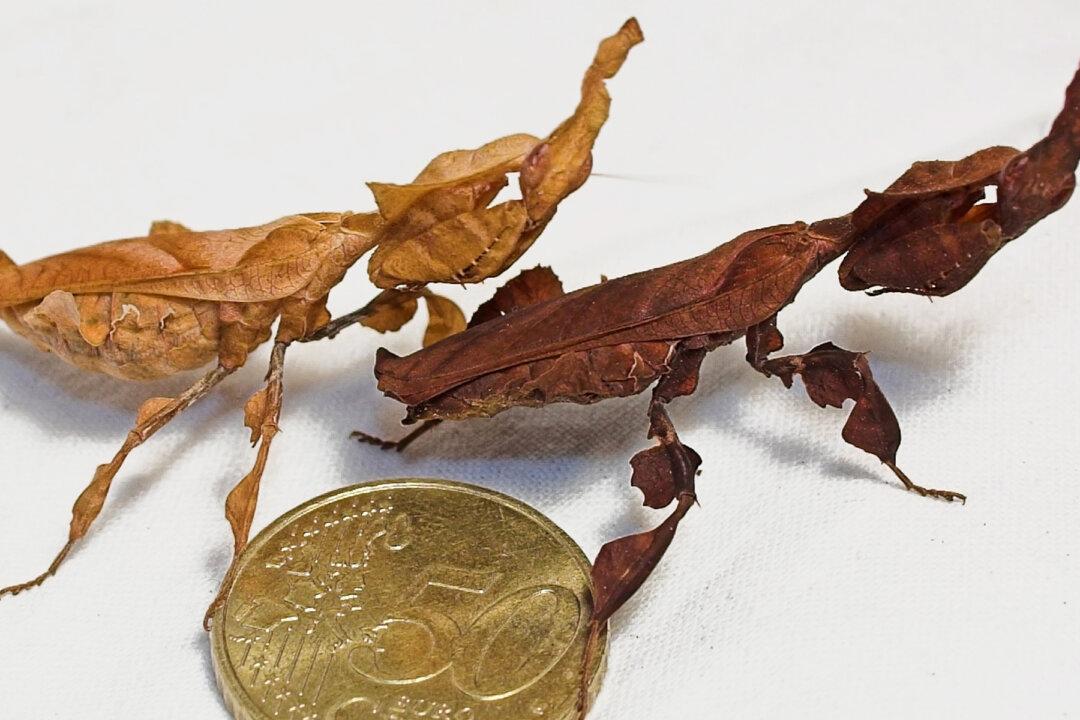The United States Army doesn’t just defend America from foreign invasion; it’s also joining the fight against the worst pandemic in recent history. In a Pentagon press briefing on March 26, 2020, Army Chief of Staff General James McConville announced that the Army was calling on “retired officers, non-commissioned officers, and soldiers who have the skills and expertise to assist with our COVID-19 response efforts.”
Gen. McConville said, “This is a tough fight, but together we'll do our part to help the nation win.” The chief of staff noted that the call-out “is a voluntary opportunity for our medical soldiers for life to return to the fight if they so choose—especially if they are not currently assisting their local communities.”





